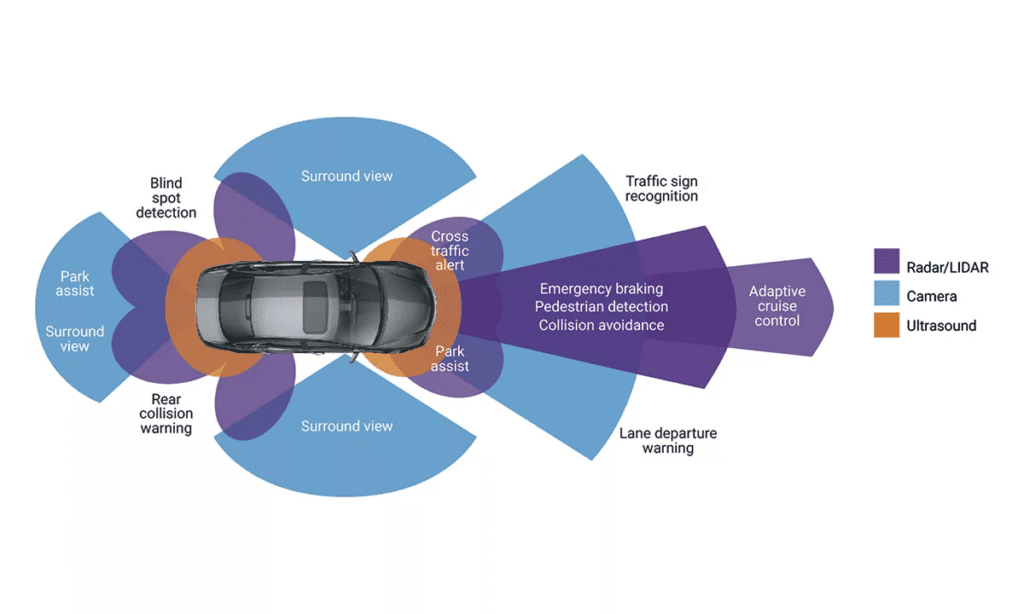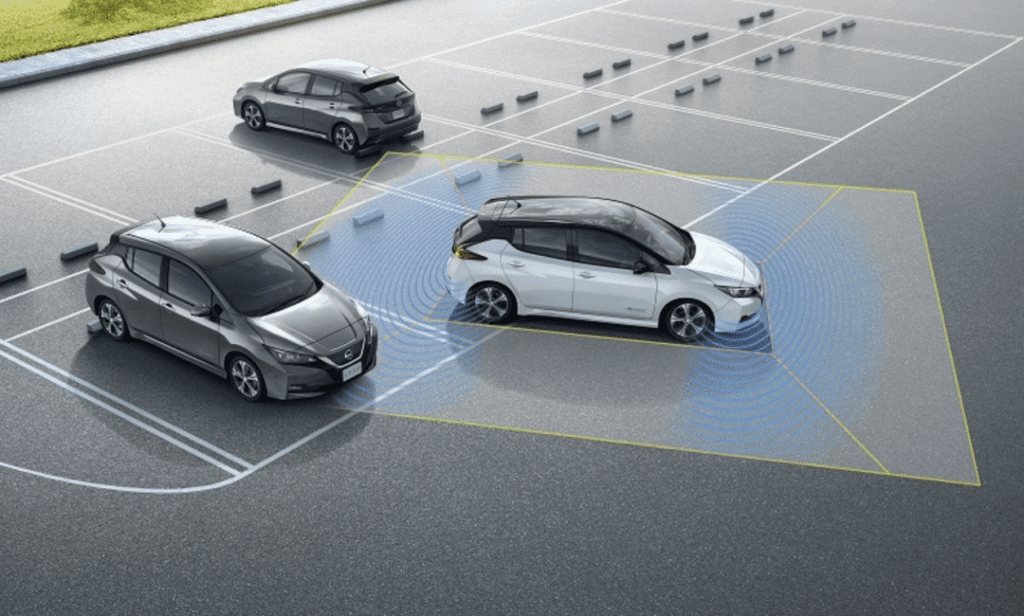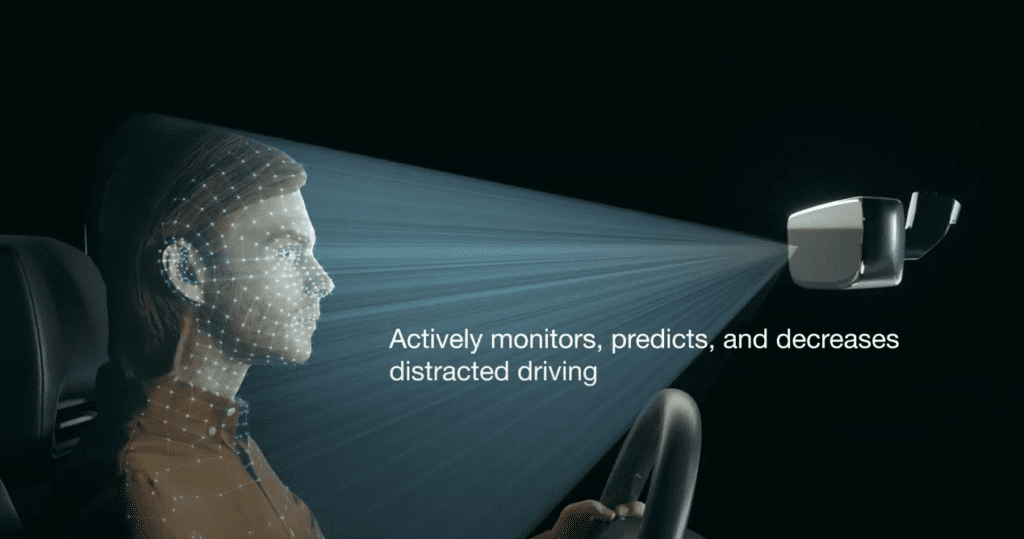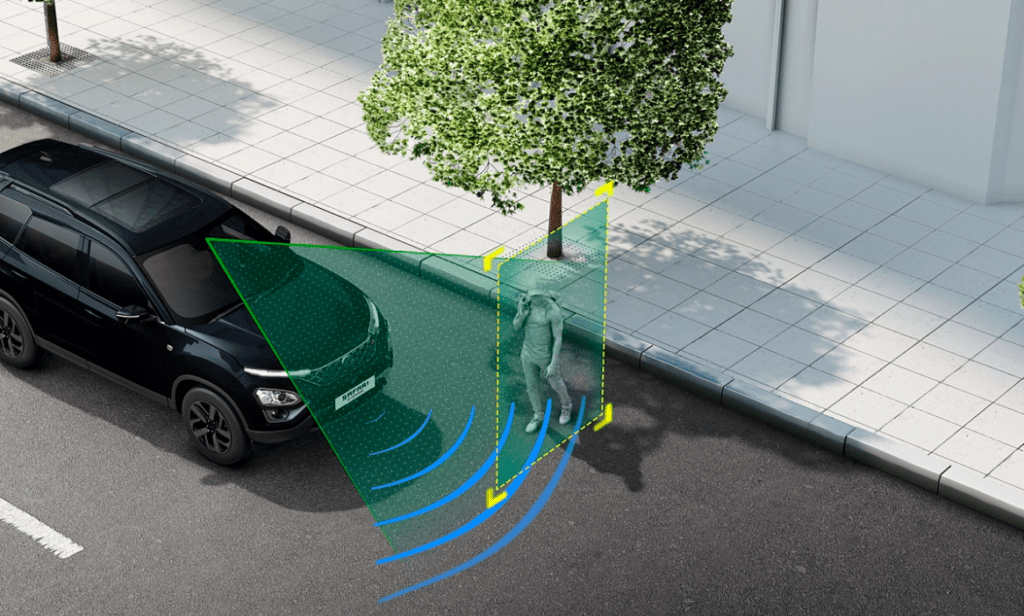In the ever-evolving landscape of automotive technology, Advanced Driver Assistance Systems (ADAS) has emerged as a pivotal force, reshaping the way we perceive road safety and the driving experience. As we stand on the cusp of a new era marked by autonomous vehicles, the groundwork for this transformative shift is laid by the intricate workings of ADAS. This article delves into the intricacies of ADAS, exploring how it functions, its diverse applications, and the profound impact it has on road safety.

Table of Contents
How ADAS Works
At the heart of ADAS lies a sophisticated interplay of technologies, where automobiles serve as the foundation for the next generation of mobile-connected devices. Autonomous application solutions are partitioned into Systems on a Chip (SoCs), linking sensors to actuators through interfaces and high-performance Electronic Control Units (ECUs). These chips form the neural network that propels the capabilities of self-driving cars, enabling them to gain a 360-degree vision of their surroundings, both near and far.
In this intricate dance of hardware and software, the pursuit of higher performance targets is met with the challenge of minimizing power demands and optimizing footprint. The hardware designs of ADAS, embracing advanced process nodes, stand as a testament to the relentless quest for innovation in meeting these dual objectives.

Unraveling ADAS Applications
Adaptive Cruise Control
ADAS applications come in various forms, each designed to contribute to the overarching goal of improving road safety. Adaptive Cruise Control (ACC) stands out as a significant player, particularly on highways where monitoring speed and surrounding vehicles over extended periods can be challenging. ACC automatically adjusts the vehicle’s speed, offering a seamless experience by accelerating, decelerating, and even stopping, depending on the actions of other objects in the immediate vicinity.
Glare-Free High Beam and Pixel Light
Navigating the roads in darkness becomes safer with Glare-Free High Beam and Pixel Light. This application uses sensors to adeptly adjust to the surrounding darkness, ensuring optimal visibility without disturbing oncoming traffic. By detecting the lights of other vehicles, the system redirects the vehicle’s lights, preventing temporary blindness for other road users.
Autonomous Parking

Parking, often a source of stress for drivers, receives a technological makeover with Automatic Parking. This application not only informs drivers of unseen areas but, in some instances, completes parking maneuvers automatically. Vehicles equipped with rearview cameras gain superior visibility, and certain systems can execute parking without requiring the driver’s intervention, leveraging inputs from multiple sensors.
Night Vision
Night Vision systems extend the driver’s perception into the realm of darkness. Divided into active and passive implementations, these systems either project infrared light or rely on the thermal energy emitted by surrounding objects. The result is an enhanced ability for drivers to discern objects that would otherwise be challenging or impossible to see at night.
Driver Assistance Features
ADAS takes a proactive approach to safety by incorporating features like Automatic Emergency Braking, which uses sensors to detect potential collisions and initiate preventive measures. This can include tightening seat belts, reducing speed, and engaging adaptive steering to avoid a collision. Crosswind Stabilization, a relatively new addition, supports the vehicle in countering strong crosswinds by applying brakes to the affected wheels.
Driver Monitoring Systems

In the realm of driver monitoring, sophisticated systems analyze various cues to gauge the driver’s attention. These may include monitoring head movement and heart rate, issuing alerts akin to lane detection warnings, or, in extreme cases, halting the vehicle completely. Such technologies play a crucial role in mitigating the risks associated with driver distraction and drowsiness.
5G and V2X Connectivity
The integration of 5G in ADAS ushers in a new era of connectivity, referred to as Vehicle-to-Everything (V2X). This feature facilitates communication between vehicles and other elements in the environment, enhancing situational awareness, providing real-time updates, and supporting over-the-air software updates for various in-car systems.
The Significance of ADAS
A Glimpse into Traffic Safety
According to a Traffic Safety Facts Research Note by the National Highway Traffic Safety Administration (NHTSA) in August 2016, the nation witnessed 35,092 lives lost in crashes on U.S. roadways during 2015. This marked a 7.2% increase, the largest in nearly 50 years. Shockingly, about 94% of these accidents were attributed to human error, underlining the critical need for technologies that can assist and mitigate the impact of such errors.

Addressing the Root Cause
It emerges as a compelling solution to address the root cause of a significant portion of accidents—human error. The implementation of features like automatic emergency braking, pedestrian detection, surround view, parking assist, and driver drowsiness detection aligns with the mission to reduce car accidents and save lives.
READ: Bharat NCAP Ushers in a New Era of Auto Safety: Tata Punch Reveals Key Safety Enhancement as Testing Begins on…
The Future of ADAS
As technology marches forward, the future of ADAS holds promise and presents challenges. The increasing complexity of automotive electronic hardware and software necessitates significant changes in the design process. This shift involves a move from distributed ADAS Electronic Control Units (ECUs) to a more integrated ADAS domain controller with centralized ECUs.
Currently positioned at Level 2 (Partial Driving Automation), where the vehicle can control steering and acceleration/deceleration but requires human intervention, it is on the brink of further advancements. The ongoing trend leans towards achieving higher levels of automation, paving the way for a future where self-driving capabilities become more pronounced.
Conclusion
In conclusion, the trajectory of ADAS is marked by innovation, aiming not only to enhance the driving experience but, more importantly, to make roads safer. From adaptive cruise control for seamless highway journeys to driver monitoring systems ensuring attentiveness, it is a comprehensive suite of technologies geared towards a safer, more efficient future. As we navigate the path toward autonomous driving, the significance of it in mitigating accidents and reducing the toll of human error cannot be overstated. It stands as a beacon of progress, reshaping the landscape of road safety and steering us towards a future where driving is not just an act but a collaborative effort between humans and technology, fostering a new era of mobility.





















+ There are no comments
Add yours